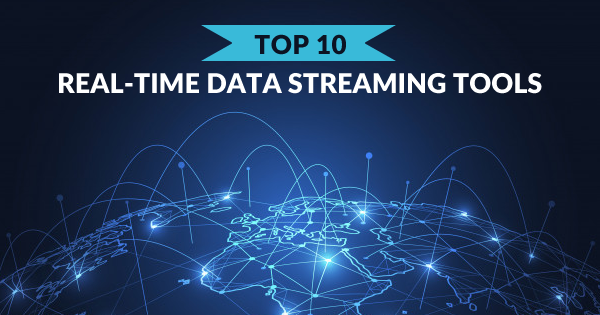Privacy-Preserving Machine Learning: A New Frontier In Data Security
As the digital age advances, concerns about data privacy and security have become more pronounced. With the proliferation of machine learning (ML) technologies, safeguarding personal and sensitive information has never been more critical. Privacy-preserving machine learning (PPML) emerges as a vital solution, aiming to protect user data while still harnessing the power of ML algorithms. This article explores the core concepts of PPML, its techniques, and its significance in the modern digital landscape.
Understanding Privacy-Preserving Machine Learning
Privacy-preserving machine learning focuses on developing methods that enable machine learning models to be trained and used without compromising the confidentiality of sensitive data. Traditional machine learning processes typically require access to raw data, which can raise significant privacy concerns. In contrast, PPML aims to train models and make predictions while ensuring that personal information remains secure and inaccessible to unauthorized parties.
Techniques in Privacy-Preserving Machine Learning
Several techniques are employed to achieve privacy preservation in machine learning, each with its unique approach and benefits. One of the most prominent methods is **Federated Learning**. Federated Learning involves training models across multiple decentralized devices or servers holding local data samples. Instead of aggregating raw data, only model updates are shared and combined, thus maintaining the privacy of the individual data sources. This approach ensures that the sensitive information never leaves the local device, reducing the risk of data breaches.
Differential Privacy is an another significant technique. Differential Privacy introduces randomness into the data, ensuring that the inclusion or exclusion of any single data point does not significantly affect the outcome of queries on the dataset. This concept allows the use of data for model training and analysis while guaranteeing that the individual contributions of users remain concealed. By adding noise to the data, Differential Privacy helps in producing generalized results that protect individual identities.
Homomorphic Encryption is another powerful tool in the PPML arsenal. This encryption scheme allows computations to be performed on encrypted data without decrypting it first. In essence, it enables machine learning algorithms to operate on data in its encrypted form, ensuring that sensitive information remains protected even during processing. While Homomorphic Encryption offers strong security guarantees, it often involves higher computational costs compared to other techniques.
Secure Multi-Party Computation (MPC) is also crucial in privacy-preserving machine learning. MPC allows multiple parties to collaboratively compute a function over their combined data without any party gaining access to the others’ private inputs. Through sophisticated cryptographic protocols, MPC ensures that participants can jointly perform computations while keeping their individual data confidential.
The Importance of Privacy-Preserving Machine Learning
The significance of privacy-preserving machine learning cannot be overstated in today’s data-centric world. With the growing volume of personal information being collected, stored, and analyzed, ensuring privacy is paramount. PPML addresses this need by providing a framework to safeguard sensitive data while still deriving valuable insights through machine learning models.
For businesses and organizations, implementing PPML techniques helps in compliance with data protection regulations such as the General Data Protection Regulation (GDPR) and the California Consumer Privacy Act (CCPA). These regulations mandate stringent measures to protect personal data, and adopting PPML strategies can facilitate adherence to such legal requirements.
Moreover, privacy-preserving techniques foster trust between users and service providers. When individuals know their data is handled securely and privately, they are more likely to engage with services and share their information willingly. This trust is crucial for the growth and success of data-driven technologies and applications.
Challenges and Future Directions
Despite its benefits, privacy-preserving machine learning faces several challenges. The computational overhead associated with techniques like Homomorphic Encryption and the complexity of implementing secure multi-party computations can be significant. Additionally, balancing privacy with model performance remains a critical concern, as certain privacy-preserving methods might impact the accuracy or efficiency of machine learning models.
Looking ahead, continued research and development are essential to overcoming these challenges. Advances in cryptographic techniques, optimization algorithms, and scalable architectures will play a crucial role in enhancing the effectiveness and practicality of PPML. As technology evolves, integrating privacy-preserving approaches into standard ML practices will become increasingly important to address the ever-growing privacy concerns in the digital era.
Conclusion
Privacy-preserving machine learning stands at the forefront of data security and privacy innovation. By employing techniques such as Federated Learning, Differential Privacy, Homomorphic Encryption, and Secure Multi-Party Computation, PPML ensures that sensitive information remains protected while enabling the powerful capabilities of machine learning. As we navigate the complexities of the digital age, embracing these privacy-preserving methods will be vital in fostering trust, complying with regulations, and securing personal data.






